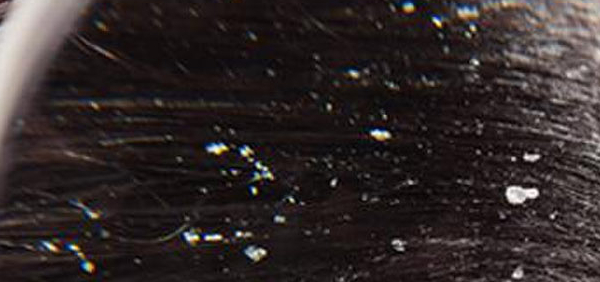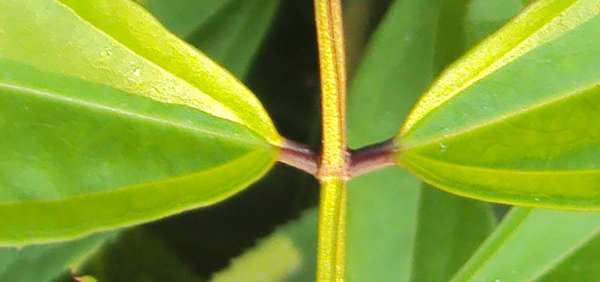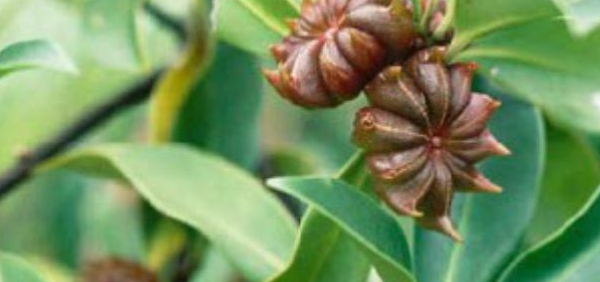shana :

Morphology:
Erect annual or short-lived perennial, 0.5–1.5 m tall, usually well branched; branches slightly ribbed, subdensely covered with short hairs.
Leaves
Leaves simple; blade 3.5–11 × 1.5–4 cm, oblanceolate to oblong-obovate, finely appressed pubescent beneath; petiole c. 2–4 mm long; stipules 1–5 mm long, linear or subulate.
Inflorescences
Racemes 10–30 cm long, many-flowered; bracts c. 2–6 mm long, subulate-caudate to lanceolate-caudate; bracteoles on the pedicel, 1–2 mm long, filiform.
Calyx
Calyx 1.1–1.4 cm long, glabrous to appressed puberulous; upper lobes broadly lanceolate-triangular, longer than the tube.
Corolla
Standard obovate-circular, pale yellow, veined and outside often suffused reddish-purple, usually puberulous along the midvein outside; wings oblong-obovate, longer than the keel, bright yellow; keel 1.3–1.5 cm long, rounded, with a fairly short slightly incurved twisted beak.
Fruits
Pod shortly stipitate, (3)4–5 × 1–1.8 cm, oblong-clavate, glabrous, c. 12–20-seeded.
Seeds
Seeds c. 5–5.5 mm long, oblique-cordiform, with the narrow end strongly incurved, finely papillose, yellowish or brown.
- » Classification and names of shana
- » Synonyms and definitions of shana
- » Drug Properties of shana
- » Chemical Constituents of shana
- » Standardization of shana
- » Parts used and Dosage of shana
- » Morphology and Histology of shana
- » Distribution and Conservation of shana
- » Cultivation of shana
- » shana in the market
- » Medicinal Uses of shana
- » Researches and clinical trails of shana
- » shana in other sytems of medicine
- » Ayurvedic formulations with shana
- » Images of shana













